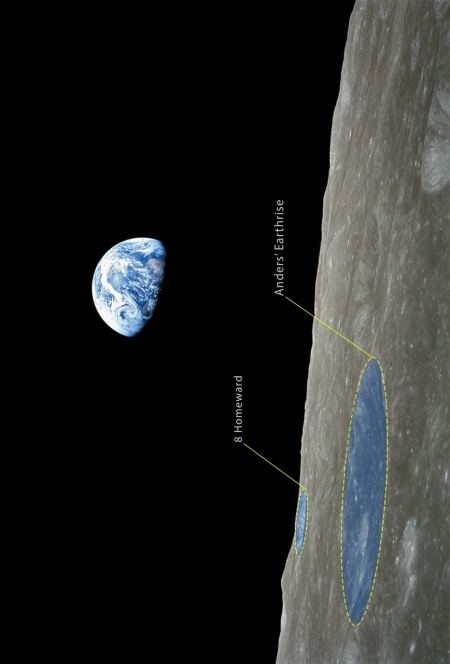Rocket Lab officially opens new rocket facility
Capitalism in space: Rocket Lab today unveiled a new rocket production facility designed to mass produce its rockets.
The new 7,500 sq/m (80,700 sq/ft) rocket development and production facility in Auckland, is designed for rapid mass production of the Electron rocket. Adding to Rocket Lab’s existing production facility and headquarters in Huntington Beach, California, the new facility brings Rocket Lab’s manufacturing footprint to more than 4.5 acres and enables the company to build an Electron rocket every week.
The new facility was officially opened on 12 October 2018 NZDT, by Rocket Lab Chief Executive Peter Beck and special guest William Shatner, best known for his role as Captain Kirk in the Star Trek series and films.
It suddenly occurred to me that the construction of this facility might explain the long delay in Rocket Lab’s next launch. I suspect they wanted to incorporate any corrections or redesign to the malfunctioning motor controller that was identified just prior to a planned launch in June.
This also suggests that once they complete their next two launches, now scheduled for November and December, they will hit the ground running and will be aiming for frequent launches, maybe as many as once per week.
Capitalism in space: Rocket Lab today unveiled a new rocket production facility designed to mass produce its rockets.
The new 7,500 sq/m (80,700 sq/ft) rocket development and production facility in Auckland, is designed for rapid mass production of the Electron rocket. Adding to Rocket Lab’s existing production facility and headquarters in Huntington Beach, California, the new facility brings Rocket Lab’s manufacturing footprint to more than 4.5 acres and enables the company to build an Electron rocket every week.
The new facility was officially opened on 12 October 2018 NZDT, by Rocket Lab Chief Executive Peter Beck and special guest William Shatner, best known for his role as Captain Kirk in the Star Trek series and films.
It suddenly occurred to me that the construction of this facility might explain the long delay in Rocket Lab’s next launch. I suspect they wanted to incorporate any corrections or redesign to the malfunctioning motor controller that was identified just prior to a planned launch in June.
This also suggests that once they complete their next two launches, now scheduled for November and December, they will hit the ground running and will be aiming for frequent launches, maybe as many as once per week.






